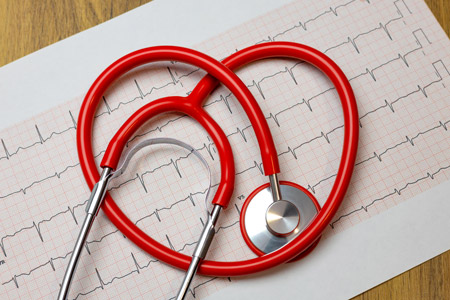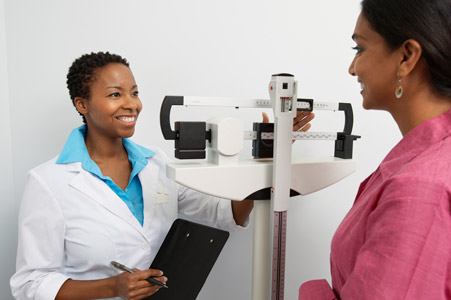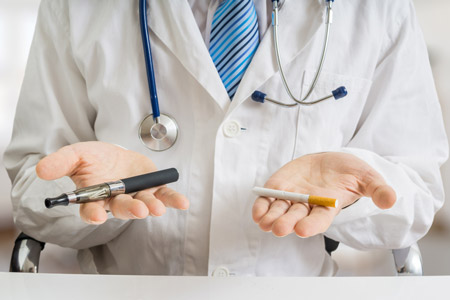


What Behaviors Increase Your Risk of Lung Disease?
The human body is incredibly resilient — but there are some parts of our bodies we need to treat with care to ensure we keep them healthy for our entire lives.
Just like you should wear a helmet when riding a bike to protect your brain from injury, there are certain things you can do to protect the health of your lungs. Your lungs play a critical role in the function of your body. Lungs take the air you breathe and in turn, oxygenate your blood, and then take carbon dioxide from your blood and exhale it. While there’s no safety helmet for your lungs, there are certain behaviors you can avoid or minimize in order to protect them and keep them healthy.
Let’s explore what activities and habits to stop in order to decrease your chances of lung disease.
What Increases Your Risk for Lung Cancer?
Aside from skin cancer, lung cancer is the 2nd most common type of cancer among men and women in the United States. The American Cancer Society estimates that in 2024 there will be about 234,580 new cases of lung cancer and 125,070 deaths from lung cancer — accounting for about 1 in 5 of all cancer deaths.
While certain factors, like genetics, can increase your likelihood of getting cancer, there are luckily a fair amount of steps you can take to lower your risk for lung cancer.
- Smoking or Vaping Tobacco: Smoking is the #1 leading risk factor for developing lung cancer. Around 80% of lung cancer deaths are thought to have resulted from smoking tobacco, though in actuality this percentage is estimated to be even higher. Luckily, lungs begin healing and repairing themselves as soon as one quits smoking. Talk to your physician or pharmacist about smoking cessation, as there are several medications available to assist in quitting.
- Frequent Exposure to Second-Hand Smoke: The American Cancer Society reports that secondhand smoke is the third most common cause of lung cancer in the United States. This exposure comes from close contact with or living with someone who smokes. If someone close to you smokes, explore options for how you can help them quit.
- Exposure to Radon and Asbestos: Radon exposure is a radioactive gas that you can’t see or smell and is the 2nd-leading cause of lung cancer in the U.S. Radon is typically found indoors and commonly in basements. Asbestos exposure that leads to lung cancer is often seen in people who work in mines, mills, textile plants, places where insulation is used, and shipyards. Asbestos has been phased out in many building materials, but you can still get asbestos exposure when conducting renovations on older homehen having renovations done on your home, be sure to ask your licensed contractor when asbestos testing should be done to keep you safe. If you work with asbestos and other hazardous materials, always work with your management team or union to ensure you have the proper protective equipment to minimize your risk.
What Increases Your Risk for COPD?
Frequent exposure to irritants like tobacco smoke or other chemicals can lead to chronic obstructive pulmonary disease (COPD). Symptoms of COPD can include:
- A permanent, or chronic, cough
- Shortness of breath, the inability to take deep breaths, and feeling like you can’t breathe during normal activities
- Coughing up mucus
- Wheezing or tightness in the chest
- Fatigue or tiredness
COPD is generally associated with people who smoke, but that isn’t the only risk factor that can lead to COPD. The American Lung Association reports that other factors include:
- A history of childhood respiratory infections
- Smoke exposure from coal or wood-burning stoves
- Exposure to secondhand smoke
To minimize your risk of developing COPD, the American Lung Association recommends quitting smoking and vaping, avoiding exposure to secondhand smoke, staying up to date on COVID-19, flu, and pneumococcal vaccinations, and using protective when you think you may encounter harmful chemicals, dust, and fumes.
The information on this site is for informational purposes only and should not replace direct medical advice, diagnosis, or treatment from your doctor or another qualified healthcare provider.
Sources:
“Key Statistics for Lung Cancer.” American Cancer Society.
“Lung Cancer Risk Factors.” American Cancer Society.



















.jpg)





















.jpg)

















.jpg)


























.jpg)
.jpg)
.jpg)













